Interview with artist Glen Couvillion
Glen Couvillion is a photographer living in Eureka Springs. Originally from New Orleans, he was captivated by Eureka Springs, like many are, because of its rich history, architecture, and artisan community. This fertile artsy environment reignited his love of artistic expression through photography. More of Glen’s unique work can be found at Visions On Main and Zarks Gallery in Eureka Springs, and at his website glencouvillion.com.
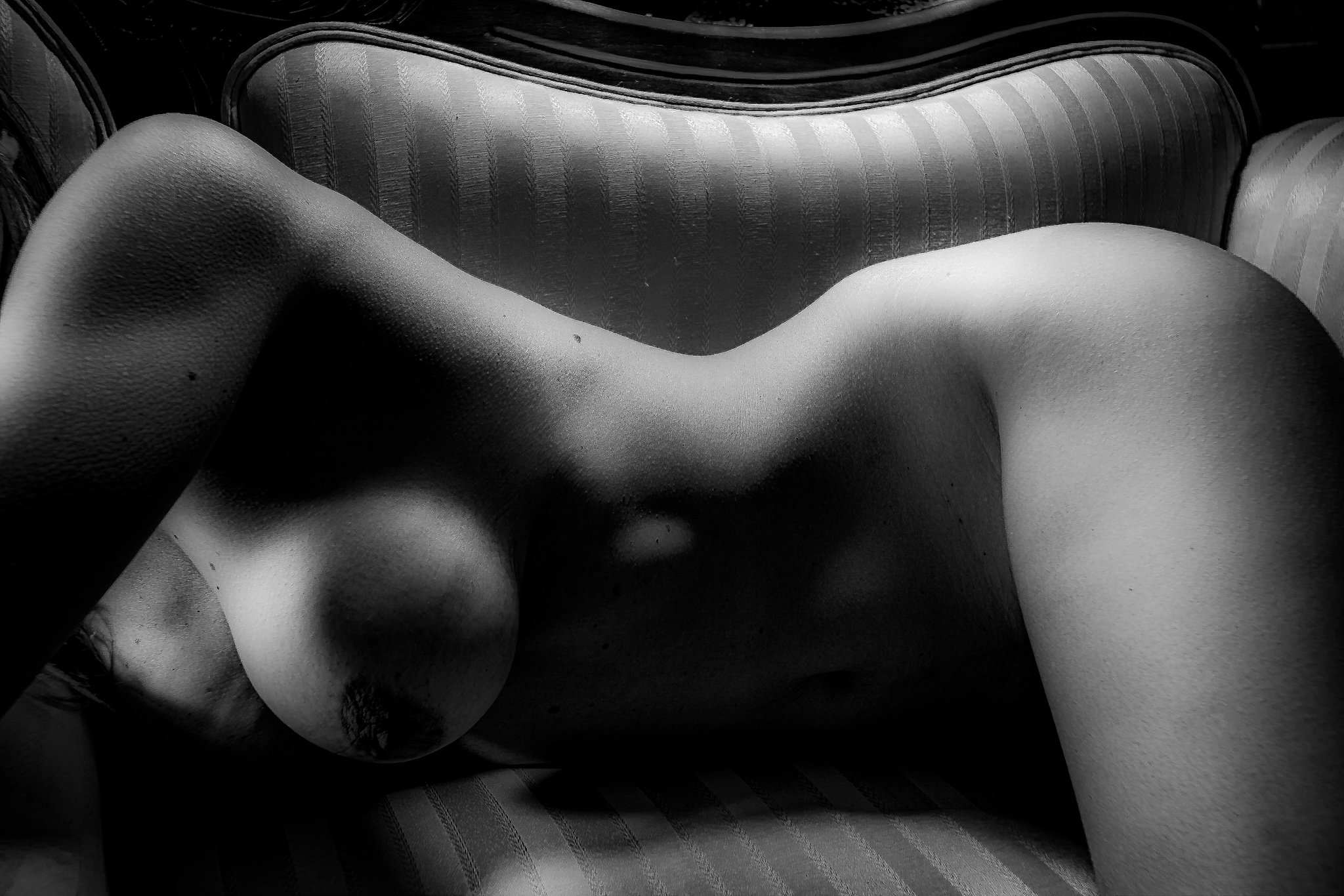
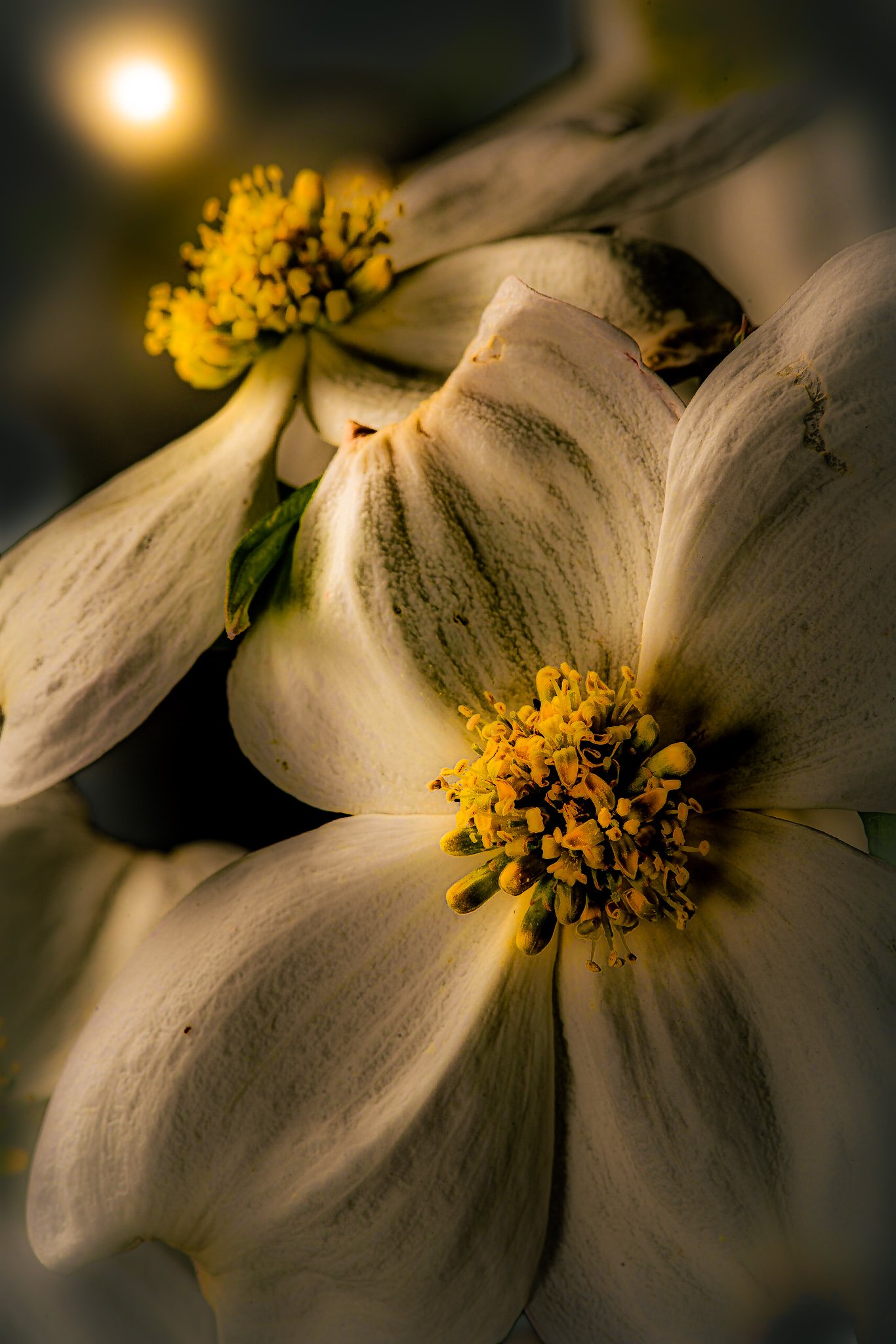

AAS: Glen, with a last name of Couvillion you must be from South Louisiana, like I am. How did you end up in Eureka Springs?
GC: I was born and raised in the 9th ward of New Orleans. My family was mostly poorly educated and yet good-natured and fun-loving. I never remember them having a political argument. Or for that matter ANY arguments. Art was not something that was really prized that much in my family. The only time I had ever been to the New Orleans Museum of Art was on a school trip. So, when I started expressing artistic leanings it seemed a little alien in my family. But they were good natured about it - kind of like they had a talking monkey, LOL. Photography drew me although painting was also an interest, but I just didn't think that my talent lay in painting. I met Ernst Hass, the photographer, at one point in New Orleans and briefly got to hang out with him and talk about art and life. I also explored working in radio, starting at the radio for the Blind and print handicapped station in New Orleans reading the news. From there I went to WWOZ and worked as news, traffic and weatherman at a short-lived news program that they were trying to establish. They also sent me out into the community to meet with community leaders and famous musicians and artists to document them speaking about their work and lives. It was wonderful being able to meet so many varied talented individuals and to speak with them at length. But photography was always one of my first loves and I would use my work at WWOZ as a way to open doors for my photography. I would visit little blues clubs and jazz clubs around the city and photograph musicians and patrons. Eventually, I ran the photo department of a North Carolina publisher who published magazines and newspapers on the area. I specialized in human interest portraits.
AAS: Were you always interested in photography?
GC: I was more always interested in art in general. It took me a while to find which venue was right for me. I tried painting, sculpture and poetry, but photography called to me.
AAS: With your background as a photojournalist, and I want to ask you about your haunting image of Reverend David Agee in St. James Episcopal Church. Tell me about that photograph.
GC: The shot of David Agee in the burned-out Chapel of St James Episcopal Church in Eureka Springs is an example of my documentary type photography. My photography is actually in two categories. Artistic and documentary. I have a background from my newspaper and magazine work in photojournalism- telling a story with photos which combine in a group usually. When I do documentary photography it is usually with a goal of revealing something to the public. But at times the artistic and documentary styles combine and I can sometimes find a beautiful shot that is artistic while I'm doing the documentary work. To me that's the best of both worlds. The devastation in the chapel reminded me a lot of the devastation after Hurricane Katrina.
Reverend David Agee in St. James Episcopal Church, digital photograph
AAS: Do you think your style or esthetic changed any when you started what you described as your second career as a photographer after Katrina and after moving to Eureka Springs?
GC: I have two careers in photography. One of which ended for the most part after Hurricane Katrina took all of my negatives, prints and digitized images. Decades of work destroyed in a few hours. My work beforehand, along with the documentary work, was mostly black and white hand colored figure studies using oil paint specifically designed to paint photographs. So, my work always looked a little like a combination of photography and painting. But I've taken that to a further degree in my current career as photographer. I purposely do things to give my work a look that is a little like a painting or a sketch. I purposely use techniques to blur or accentuate the images and process each image using a painstaking technique that usually takes me about an hour on each image. Some of the techniques I use are things that I have been told you should never do in lightroom. I don't tend to use Photoshop or any other apps. The online platform Lightroom is enough for me for 99% of my work.
AAS: How do you achieve the vivid and high contrast qualities of your photographs?
GC: Many of the techniques I use in Lightroom were methods that I was told I shouldn't use because "the photos wouldn't look realistic". As in you shouldn't sharpen the image too much, or don't add haze to the image, never use saturation and luminance in opposition, etc. I developed techniques that mimicked to some degree my process of painting black and white images with oil paints. Not exactly the same, but the same general direction - combining the look of a photograph with the look of a painting.
AAS: I find your floral close-ups beautifully sensual and so creative. One of my favorites is Naked Ladies Entwined. Tell me about that photograph and when and why you started photographing flowers in that way?
Naked Ladies Entwined, digital photograph
GC: I've always had a love for flowers. So perfect in their detail at times. Flowers remind me of women in beautiful gowns. I photographed flowers like I would photograph a beautiful woman. The lighting is actually very similar. The shot of the two naked ladies entwined was an effort to show the beautiful flowers in a way that I had not seen them before, almost like they were serpentine. I have a formula that I use to emphasize certain aspects of flowers and de-emphasize others.
Photographing flowers it is something I did not do much in my old career (before Katrina destroyed everything). I mostly photographed figure studies of women. Sometimes old men. That's pretty much my range - either old wrinkly men or young beautiful women, LOL. I don't seem to have much interest people in between in a way! I started photographing flowers not only because I appreciated them but because in some ways they were a replacement for the models that I used to use in my photography. Their petals reminded me of beautiful gowns and fabric. And there was even a sort of sexual aspect of the flowers that paralleled the connection.

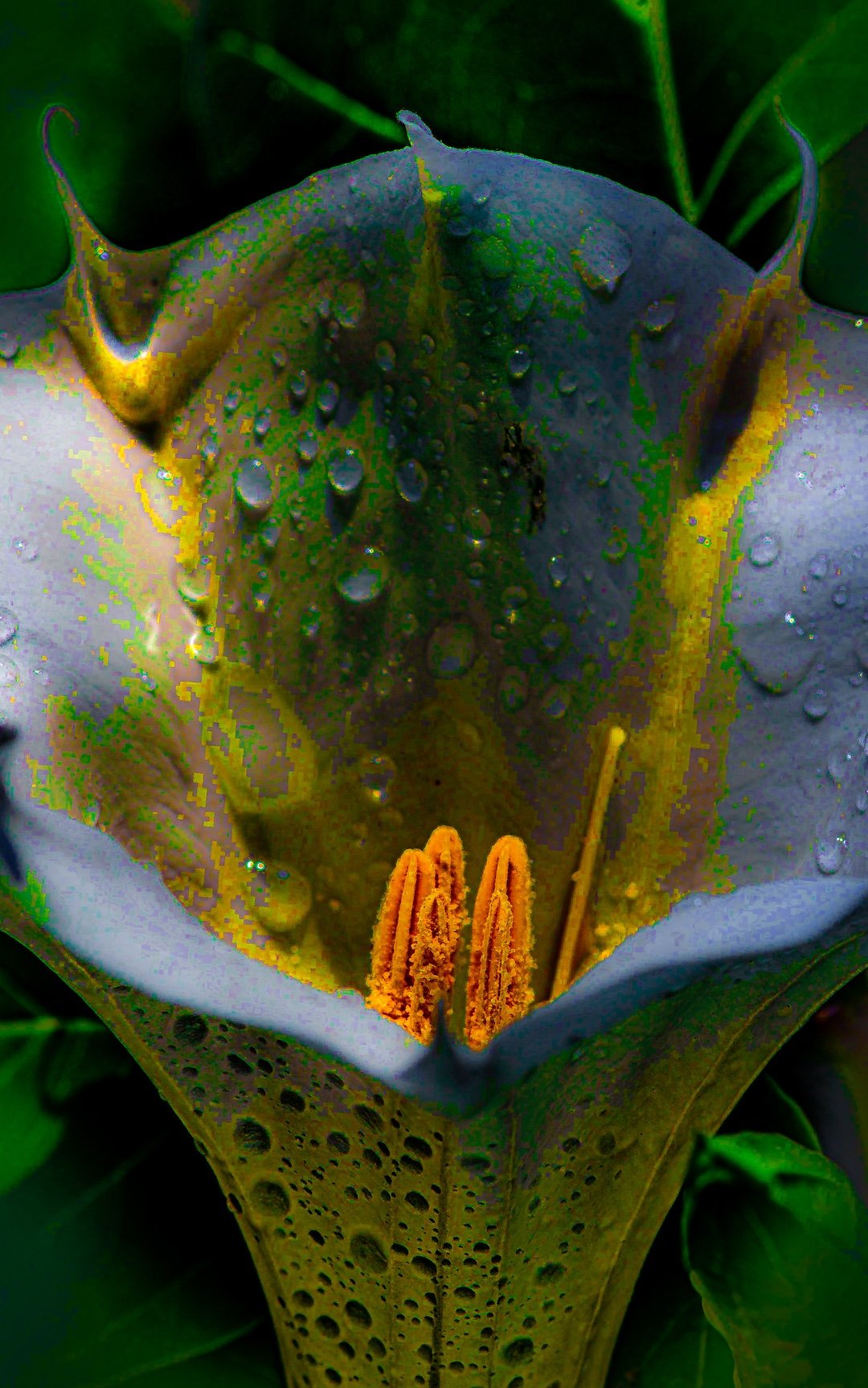
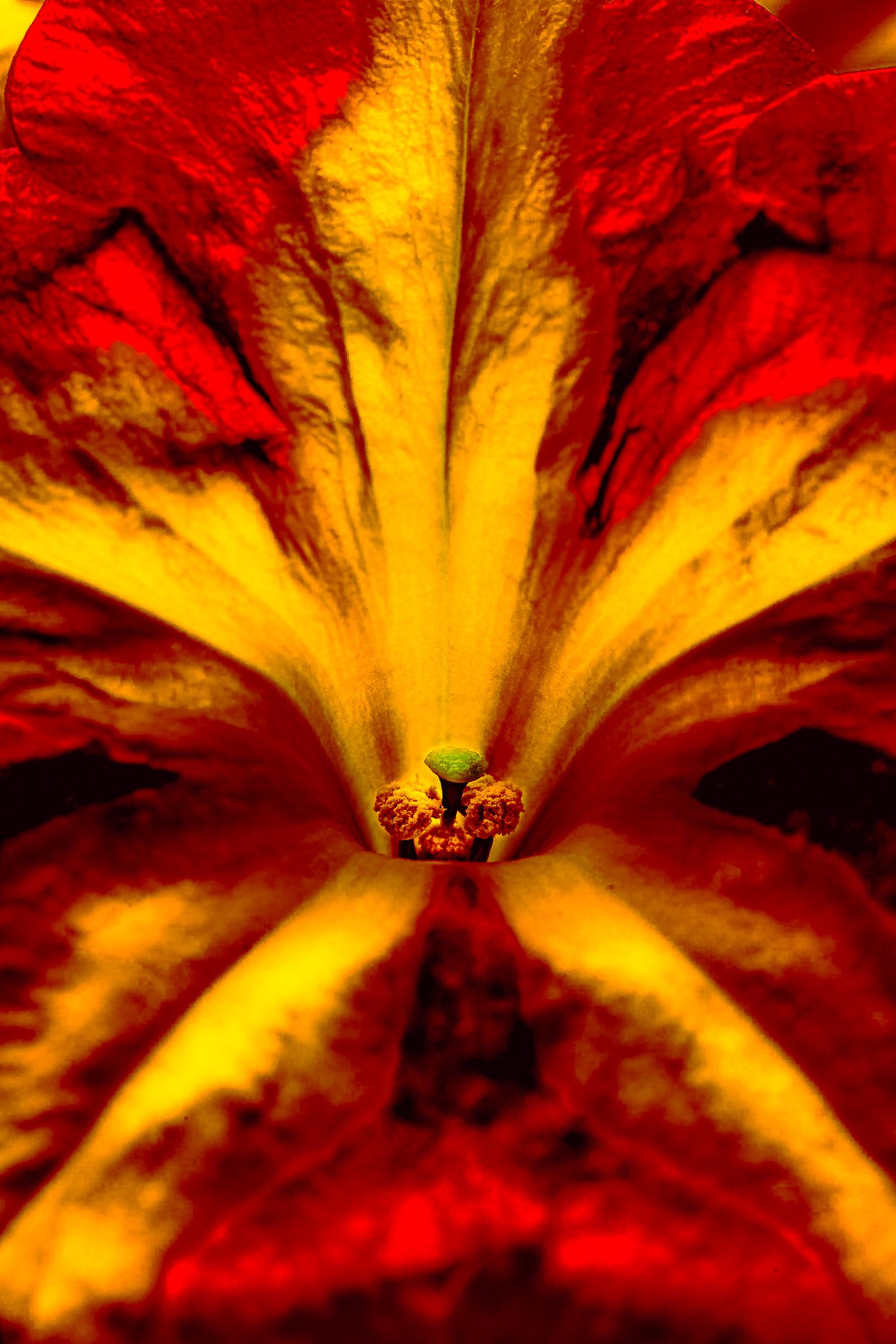
AAS: Your photographs often have elements of surrealism. One of my favorites is Tired Man Ascending Stairs. It is a fascinating image.
Tired Man Ascending Stairs, digital photograph
GC: I'm starting to use double and triple exposures and motion studies to create even more of a painting like effect. Tired Man Ascending Stairs is actually a self-portrait and aptly titled. It was a cloudy day and a misty one. I was waiting for people to come by and walk up the stairs and not many were doing so. So, I started walking up the stairs and taking shots of myself. I was very weary from already walking a long distance just to get there. So, it was aptly titled. I AM the tired man.
In the shot, I meant the building to look like it was crumbling and impeding his progress. I wanted it to feel like he was up against semi-solid substances, trudging upward, which is exactly the way I felt. I was worn out when I took the picture. The double exposure and criss cross patterns along with the crumbling effect I hoped would make the viewer almost feel the slow movement and effort.
“I have always felt very blessed behind the camera. The people I work with seem to open themselves up to me. It's very touching and I never take it for granted.”
AAS: You’ve captured some amazing portraits. I want to ask you about two extraordinary and different portraits you did of artist and poet Adrian Frost.
GC: Adrian is wonderful to photograph. He’s always up for it. I actually don't consider myself a great portrait artist. I'm still learning, although often it doesn't take me too many tries to get what I want. Both shots of Adrian Frost took less than five minutes. Both were the first shot I took of three in each case. I could have stopped after the first one and dropped the camera - walked off the stage, LOL. I consider myself very lucky as a photographer. I have always felt very blessed behind the camera. The people I work with seem to open themselves up to me. It's very touching and I never take it for granted. For some reason people open up their minds, hearts and doors to me.
Adrian Frost, digital photograph
Adrian Frost, digital photograph
AAS: And I guess living in Eureka Springs there is no shortage of interesting subjects. Two especially fun ‘characters’ you’ve photographed are artists Gina Gallina and Zeek Taylor. Were these publicity photographs?
GC: The portraits of Gina and Zeek were both done for a series on hands that I worked on. I, of course, wanted to relate their hands to their art and surround them with their art in the photos. They were both very nice and very cooperative. I had wanted to photograph them for a long time. Although, I had to redo Zeek's because I made the mistake of taking out my memory card with my camera on and it damaged some of the data, LOL. I called him up immediately and ran back over and took the shot all over again. Three shots - the first one was the right one!
Eureka Springs, Arkansas is an inspiration especially to someone coming from New Orleans where architecture is appreciated. When I came to Eureka Springs, I felt like I was in a tiny New Orleans. Not only was there a sense of history and preservation but there was a thriving artist community here. Unique artists abounded of every type and style. One of the first things I started photographing were artists and going to their studios and feeling like I was in the heart of creation photographing them. The uniquenesses of the artists are mirrored in the uniqueness of the architecture here.
Gina Gallina, digital photograph
Zeek Taylor, digital photograph
AAS: When you set out to photograph a landscape or architectural site, do you have the final image in mind, or does it ‘develop’ (sorry) when you go back to it later? I guess I am thinking of your imaginative images of Eureka Springs like Flatiron Pink.
Flatiron Pink, digital photograph
GC: I seem to get images in two ways. Images pop in my head from what I think is the spirit world to be honest with you. I feel like some of my images come through me not from me. But other times I will be somewhere and look up and there's something I need to photograph in beautiful light. These two sources of imagery inspiration are a little bit in competition. The images that pop in my head that I just have to recreate in the real world seem to come from someone else and I can only take so much credit for them, like a baby I helped deliver. The ones I find (or blunder upon depending on how you look at it), I feel are more "MY creation". But I enjoy creating the images anyway that I can. I feel like it is my mission in life. Flatiron Pink just happened, there were pink clouds when I got there. I didn't have to add that.
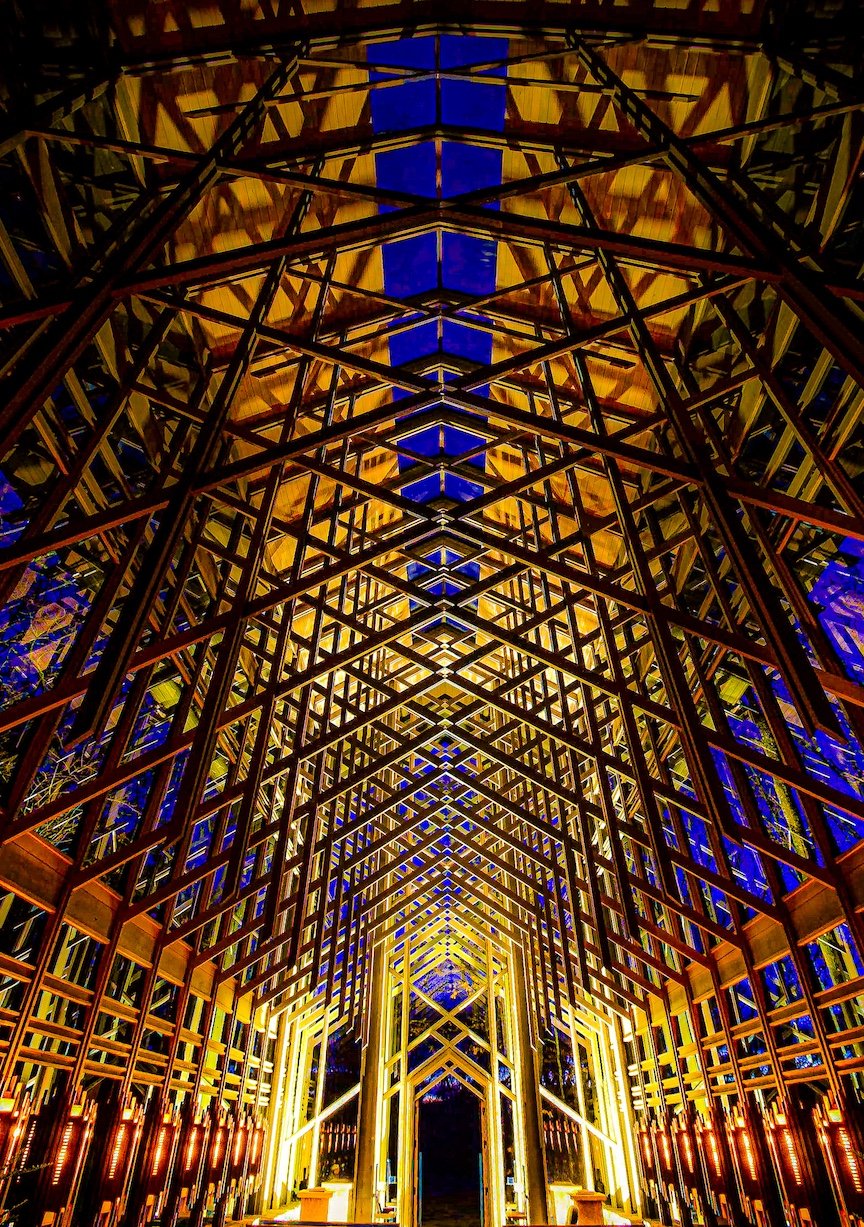
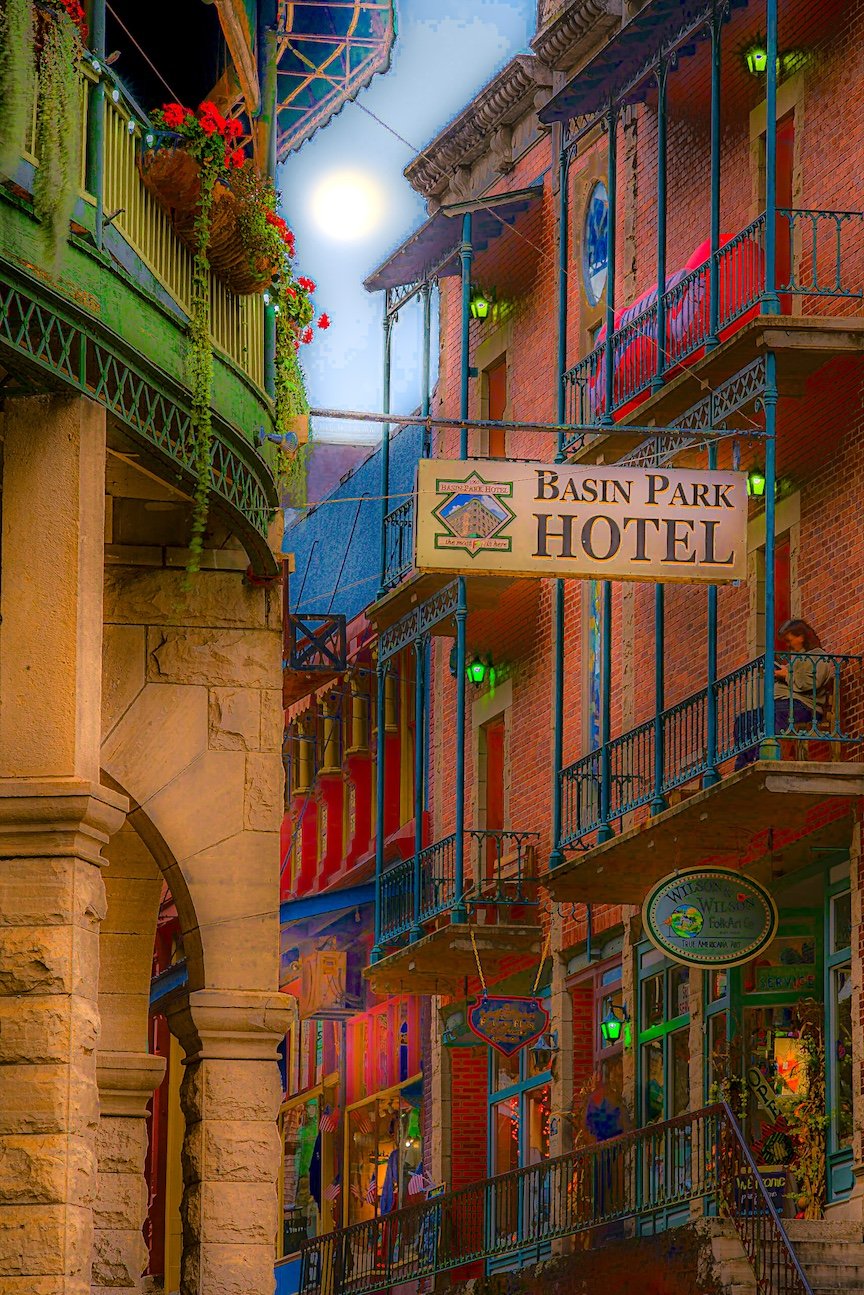
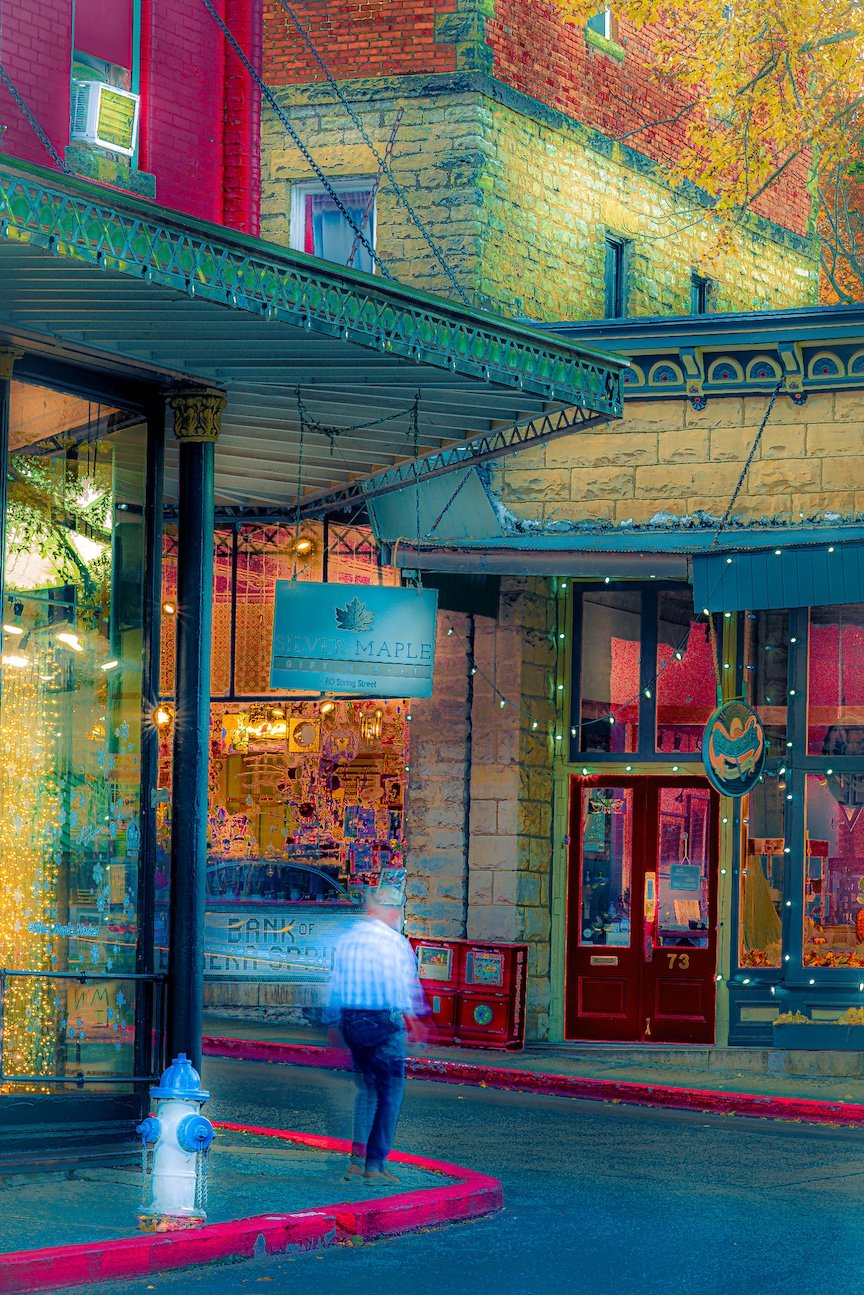
AAS: Glen, when you look back over your time in New Orleans and the horrors of Katrina and now your time in Eureka Springs, what are you most proud of and is there anything yet to accomplish?
GC: I was not in New Orleans for Katrina- I was on the Mississippi Gulf Coast in Waveland Mississippi. A town roughly the size of Eureka Springs that was 97% leveled by the hurricane’s devastating force. My two dogs and I got dragged out into the Gulf of Mexico and I saw the eye go straight overhead. I didn't think there was anyway we could survive. But we did - all three of us. I don't think too much about the horrors I went through, though. Or all the things I lost. I managed to get another chance at life, and I cherish that. As far as what I'm most proud of I guess it's being a survivor. Not allowing even a gigantic monster of a hurricane take me down. I persevered because I never gave up even though it took me a long time to regain my photographic edge, (I kind of had a photographic equivalent of writer's block). Even after I got a camera I just couldn't photograph for a long time. I feel like I have risen from the ashes, brushed myself off and moved forward and for that I am proud – and grateful.



